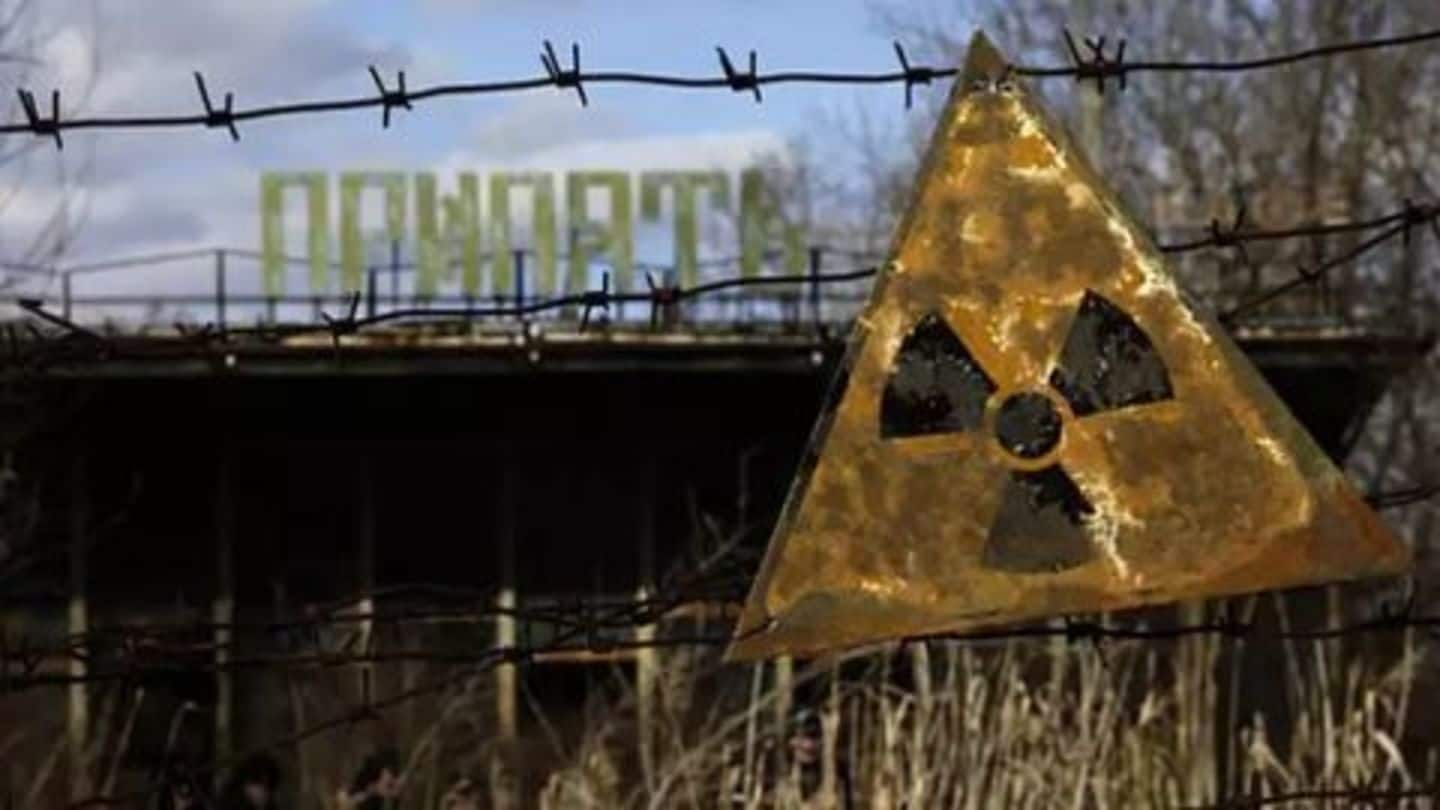
Ukraine marks 30th anniversary of Chernobyl disaster
What's the story
Ukraine is commemorating the 30th anniversary of the world's worst civil nuclear disaster which led to an explosion in the Chernobyl nuclear reactor on 26th Apr'86.
Sirens were blown at the same time the first reactor blew up 30 years ago.
Relatives of those deceased in the disaster gathered for a candle-lit vigil in Kiev and Slavutych, a town built to rehabilitate the workers.
26 Apr 1986
What was the Chernobyl disaster?
On 26th April 1986, a catastrophic accident occurred at the Chernobyl nuclear reactor in Pripyat located in the western region of USSR.
The accident occurred due to flawed reactor design which was operated by inadequately trained personnel due to the Cold War isolation and lack of any safety culture.
The explosion and the fire released large amount of radioactive particles into the atmosphere.
Personal
World's worst civil nuclear disaster
Before Fukushima nuclear disaster in 2011, Chernobyl disaster was the only level 7 (the highest classification) event on the International Nuclear Event Scale. Chernobyl continues to remain the world's worst civil nuclear disaster.
Aftermath
60,000 people evacuated after the disaster
The city of Pripyat was built for the Chernobyl workers and had a population fo around 60,000 before the disaster.
However, the town is now deserted and a 30 km exclusion zone has been marked around Chernobyl.
The radioactivity still remains in the region with a large number of children being born with serious deformities and high rates of cancer prevail in the region.
Personal
Number of casualities in the disaster remains disputed
The UN-backed Chernobyl forum claims that around 50 people died in the disaster and 9,000 people could eventually die due to radiation exposure. However, Greenpeace claims the figure could be as high as 93,000.
Radioactivity
The radioactive material still remains at the site
Around 3% of the radioactive material escaped into the atmosphere at the time of the disaster.
Around 97% of the radioactive material (200 tonnes of Uranium) still remains at the reactor site.
A concrete sarcophagus was hastily built to cover the damaged reactor.
However, the structure will now be replaced by a giant steel-clad arch to prevent radioactive leaks for the next 100 years.
Personal
A giant cover for the radioactive reactor
The giant steel-clad arch, which cost $1.7 billion, is nearing completion and will be moved over to the reactor later this year. It was funded by donations from more than 40 governments.
Lessons Learnt
What lessons were learnt after Chernobyl?
The Chernobyl nuclear disaster was an eye opener for the world about the negative impacts of the nuclear energy.
It had a tremendous impact on the public opinion and political acceptance of nuclear energy.
At the same time, it paved the way for improved safety standards for nuclear reactors and brought about a significant shift in the technological and attitudinal changes towards nuclear safety.